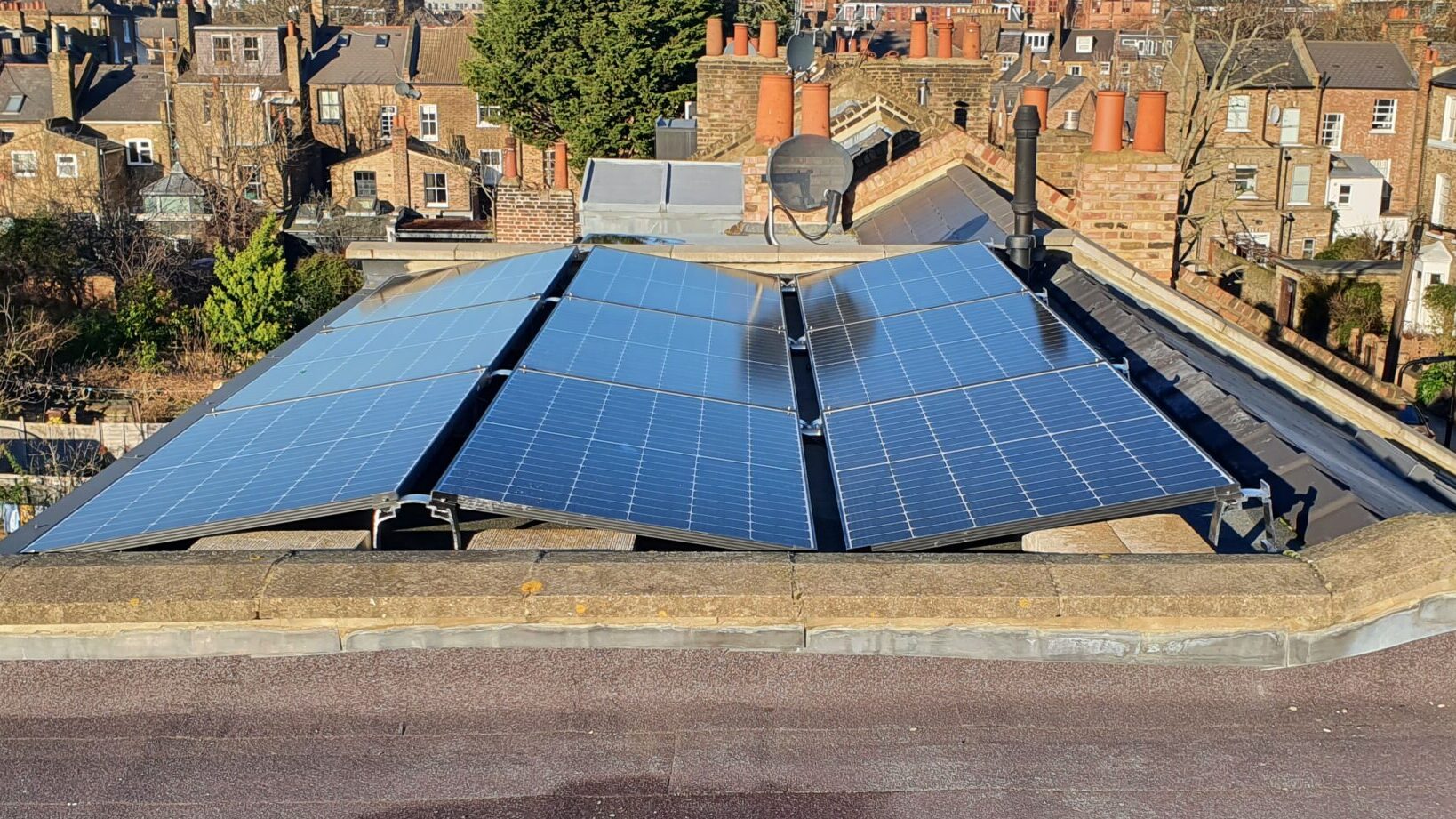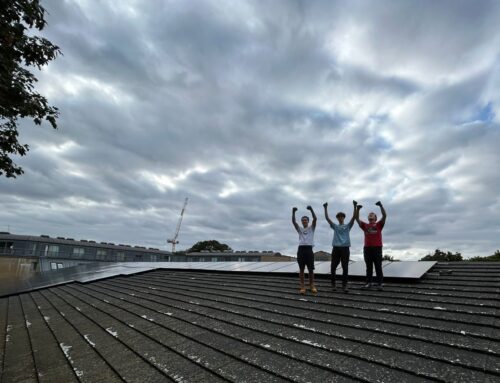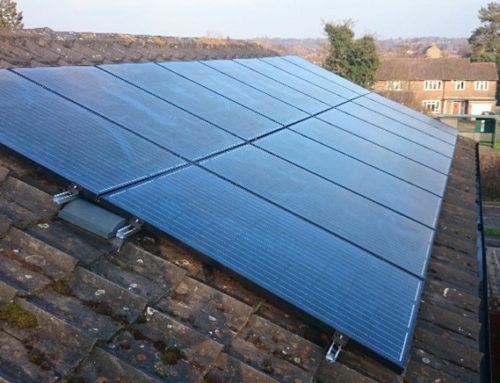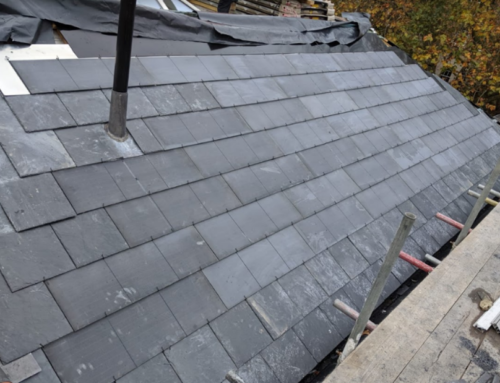Load shifting explained
When you install solar panels at home you can sell excess electricity back to the grid. With the Smart Export Guarantee (SEG) scheme a chosen supplier will pay you for every exported kWh. It can be up to 30p/kWh during peak hours!
Very common additions to PV systems are batteries. They allow you to store your free solar energy and use it when grid prices are high.
Investing in energy storage has never been more profitable than now. This is because batteries can be used not only for storing your green energy, but you can also charge them during cheap night tariffs and use the energy during the day. This way you reduce or even eliminate using expensive peak tariffs! This is called “load-shifting”.
For example, you can charge the battery overnight at a cheap 7p/kWh rate, use this energy during the day and sell any excess to the grid at 15p/kWh. Adding to this the export of any solar generated electricity makes a significant saving or an extra income.
As it is more profitable to import at 7p/kWh to your battery and export at 15p/kWh to the grid the new way to use and make money from your PV system is to profit from selling the solar electricity at peak/day rates and save by storing enough energy overnight for the day ahead.
You can even import with the intention to sell at a super peak rate if you sign up to the super on-peak rates. But be careful! You don’t want to run out of battery during these periods as peak rates can be as much as £2/kWh.
Here’s an example of an electricity bill when this is applied. For over 90% of the used energy this homeowner pays only 7.14p/kWh. His monthly bill is now reduced from £400 to £130. It’s £270 saved each month – £3,240 per year.
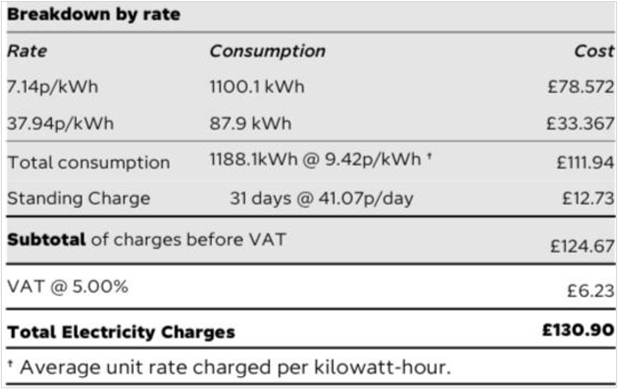
Savings from PV and batteries
We’ve run calculations to show how beneficial this can be.
As examples we took a medium household with around 4,000kWh annual consumption and a large household that uses around 10,000kWh/year. Both cases have three battery options: 7kWh, 14kWh and 21kWh.
The table below shows how much annual bills go down when you add a PV & Battery system. Adding solar and energy storage to your property reduces your bills by more than 50%!

Let’s look into more details now. At first you may notice that expanding battery capacity increases the initial system cost. But looking further into the table below you’ll see how the highest investments bring most savings. After 6-8 years savings change into pure income. These are conservative examples. You can breakeven sooner than this depending on your roof orientation, energy consumption and a size of a PV system.


Payback period for a medium household with 4.5kWp PV system and 21kWh battery.

